When it comes to choosing the right tires for your vehicle, the decision can be overwhelming.
That’s why I decided to delve into the world of tires and compare two renowned brands: Firestone vs Michelin.
In this post, I’ll take you on a journey exploring their fascinating histories, scrutinizing their dry, wet, and snow performances, dissecting their mileage warranties and average lifespan, examining their prices, and ultimately determining which brand reigns supreme.
Join me as we unravel the tire industry’s greatest contenders and discover the ultimate winner.
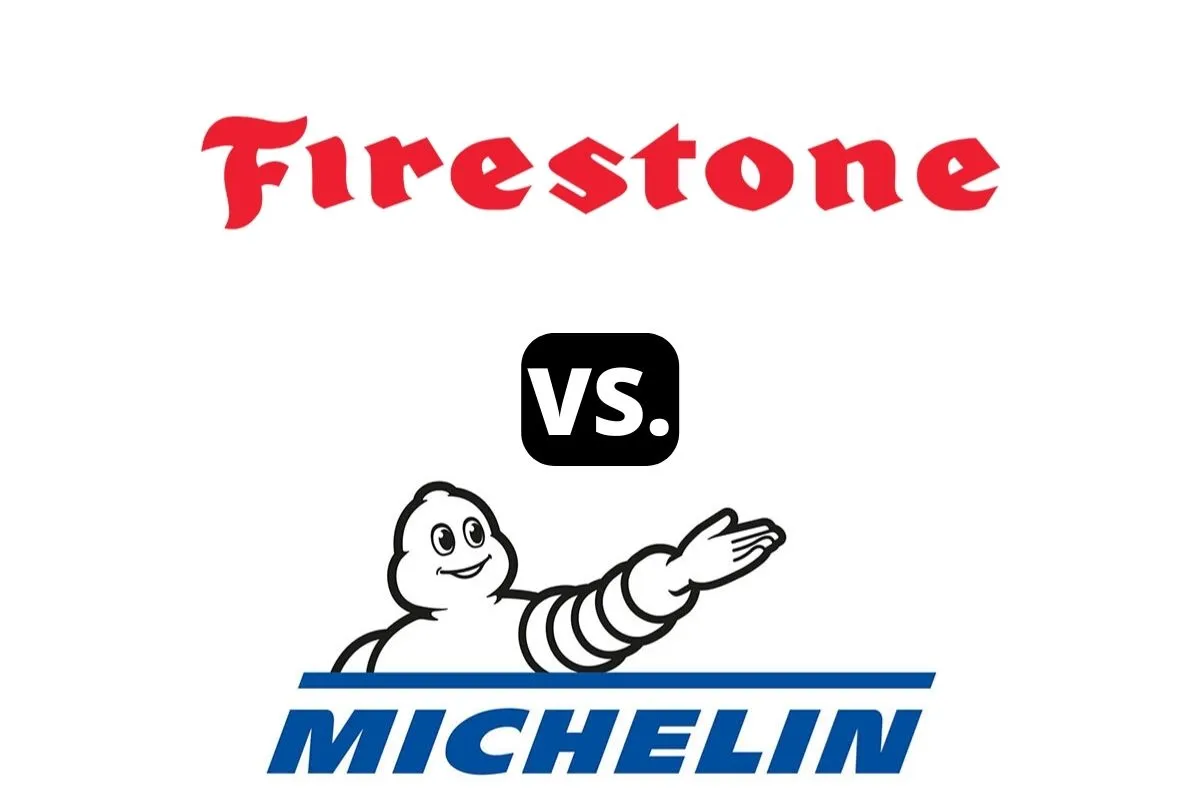
Firestone vs Michelin – Comparison Table
| Firestone | Michelin | |
| Country of Origin | United States | France |
| Year Founded | 1900 | 1889 |
| Made In | United States, Vietnam, Brazil, Canada, and Costa Rica | Canada, France, Germany, Spain, and the United States |
| Parent | Bridgestone Corporation (Japan) | Compagnie Générale des Établissements Michelin SCA (France) |
About the Brands

1. Firestone
Firestone is an iconic American tire brand that traces its roots back to 1900 when it was founded in the United States.
The company quickly gained recognition for its high-quality tires, becoming a leading player in the industry.
Throughout its history, Firestone has been committed to innovation and performance.
In 1988, Firestone became a subsidiary of the Bridgestone Corporation, a Japanese multinational company.
This acquisition allowed Firestone to benefit from Bridgestone’s global reach and technological advancements.
Over the years, Firestone has continued to thrive under Bridgestone’s ownership, leveraging its expertise and resources to maintain its position as a trusted tire brand.
Today, Firestone offers a wide range of tires for various vehicles, including passenger cars, trucks, SUVs, and commercial vehicles.
With a rich heritage and a legacy of excellence, Firestone remains a prominent name in the tire industry.
Mostly Known for Manufacturing Tires For:
- Passenger cars
- Trucks
- SUVs (Sport Utility Vehicles)
- Vans
- Light trucks
- Medium trucks
- Buses
2. Michelin
The Michelin brand has a rich history that dates back to its founding in 1889 in France.
Originally established by the Michelin brothers, André and Edouard, the company quickly gained recognition for its innovative tire designs.
Over the years, Michelin has become synonymous with excellence in the tire industry.
It has pioneered numerous advancements, including the first removable pneumatic tire, the radial tire, and the run-flat tire.
These innovations have revolutionized the automotive industry, enhancing safety and performance.
Michelin’s commitment to quality and durability has earned the brand a reputation for producing high-performance tires trusted by drivers worldwide.
As part of the Compagnie Générale des Établissements Michelin SCA, the brand continues to push boundaries, constantly striving for excellence and remaining at the forefront of tire technology.
Today, Michelin remains a global leader in the tire industry, providing a wide range of high-quality tires for various vehicles and applications.
Mostly Known for Manufacturing Tires For:
- Passenger cars
- SUVs (Sport Utility Vehicles)
- Light trucks
- Commercial trucks
- Motorcycles
- Bicycles
- Racing cars
- Aircraft
Differences
1. Dry Performance
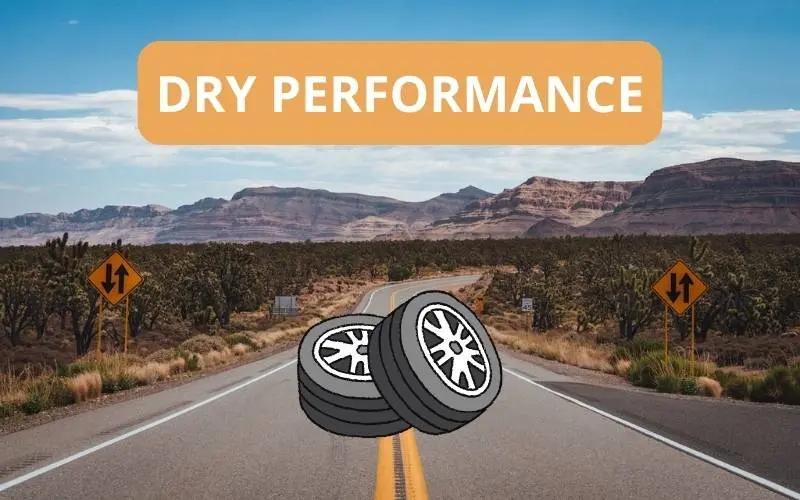
I’m going to compare the performance of two summer tires as they are the ideal type in dry weather.
I’m taking a look at the Firestone Firehawk Indy 500 vs the Michelin Pilot Sport 4S.
In my evaluation of the dry performance between the Firestone Firehawk Indy 500 and the Michelin Pilot Sport 4S tires, I would give the Firestone Firehawk Indy 500 a rating of 4.5 out of 5.
It has received highly positive feedback for its impressive handling and cornering, quick steering response, excellent grip and stability, and a comfortable and quiet ride.
The Firehawk Indy 500’s new tread compound and wide shoulder blocks contribute to its strong dry performance.
On the other hand, the Michelin Pilot Sport 4S receives a rating of 4.7 out of 5, with exceptional dry grip, precise steering and handling, short braking distances, and endorsements from prestigious manufacturers like Mercedes-Benz AMG and Ferrari.
While both tires offer impressive dry performance, the Michelin Pilot Sport 4S edges slightly ahead with its outstanding grip and endorsements.
2. Wet Performance
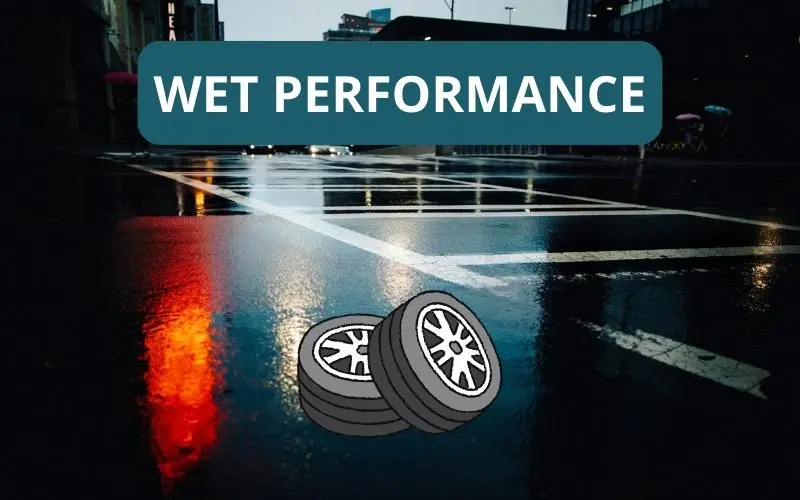
For the wet performance, I’ll be comparing the Firestone WeatherGrip vs the Michelin Pilot Sport All Season 4.
In my evaluation of the two tires’ wet performance, I rate the Firestone WeatherGrip at 4.3 out of 5.
It offers shorter braking distances, hydroplaning resistance, and an all-season design that enhances traction in wet conditions.
On the other hand, the Michelin Pilot Sport All Season 4 receives a slightly higher rating of 4.4.
It provides good wet traction, comparable to summer tires, and features an asymmetric tread pattern.
Overall, both tires demonstrate commendable wet performance, making it a tie in terms of superiority.
3. Snow Performance
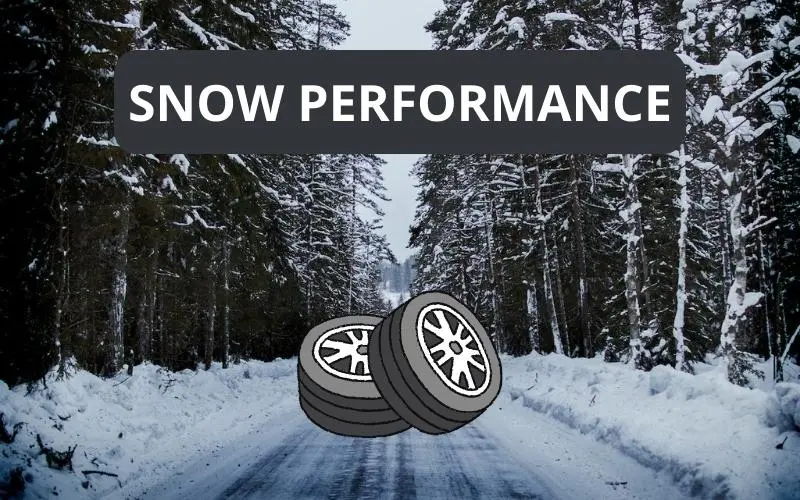
We all know that you need dedicated winter tires if you’re going to be driving on harsh winter conditions.
That’s why I’ll be comparing the snow performance of two specialized winter tires – Firestone Winterforce 2 vs Michelin X-Ice Xi3.
As the one giving the snow performance ratings from 1 to 5, I would rate the Firestone Winterforce 2 tire at 4.5 and the Michelin X-Ice Xi3 at 4.6.
Both tires exhibit commendable snow performance, with the Firestone Winterforce 2 showcasing flexibility and grip in low temperatures, while the Michelin X-Ice Xi3 excels in various aspects, including grip, hydroplaning resistance, and long-lasting performance.
However, with a slightly higher rating, the Michelin X-Ice Xi3 emerges as the winner in terms of snow performance.
4. Mileage Warranty and Tread Life
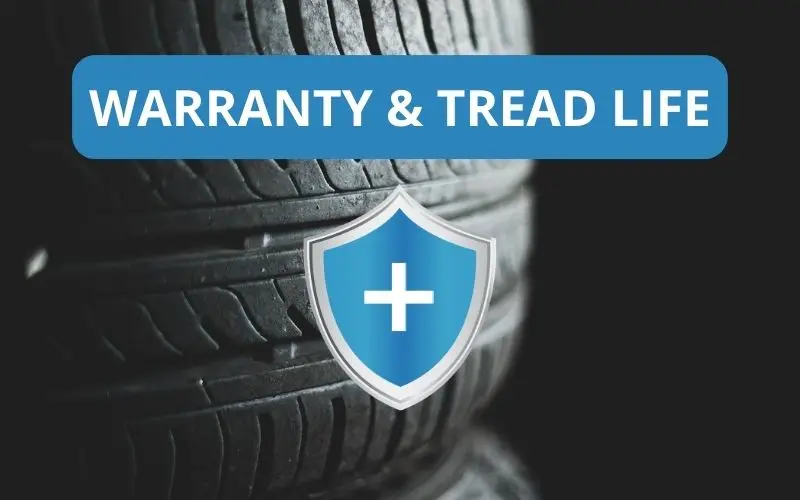
| Firestone | Michelin | |
| Treadwear Warranty | up to 55,000 miles tread life warranty | up to 90,000 miles tread life warranty |
| Average Tread Life | Firestone tires are expected to last anywhere between 40,000 to 60,000 miles on average. | Michelin tires are designed to last between 45,000 to 85,000 miles on average. |
Based on my research, the Firestone tires come with a treadwear warranty of up to 55,000 miles, while the Michelin tires offer a longer warranty of up to 90,000 miles.
In terms of average lifespan, Firestone tires typically last between 40,000 to 60,000 miles, while Michelin tires are designed to last between 45,000 to 85,000 miles.
So, if you prioritize longevity, Michelin tires might be a better option.
5. Prices

In this section, I’ll be taking a look at the price ranges of both tire brands – Firestone vs Michelin.
I’ll be using one of the biggest tire and wheel retailers in the US for this comparison – Discount Tire.
Here is a comprehensive table that showcases each brand has to offer:
| Firestone | Michelin | |
| Average Price Range (Discount Tire) | $82 to $603 /ea | $112 to $1,160 /ea |
| Cheapest Tire (Discount Tire) | FT140 goes from $82 – $170 /ea | X-ICE Snow goes from $112 – $493 /ea |
| Most Expensive Tire (Discount Tire) | Destination M/T 2 goes from $229 – $603 /ea | Pilot Sport 4S goes from $236 – $1,160 /ea |
6. Pros and Cons
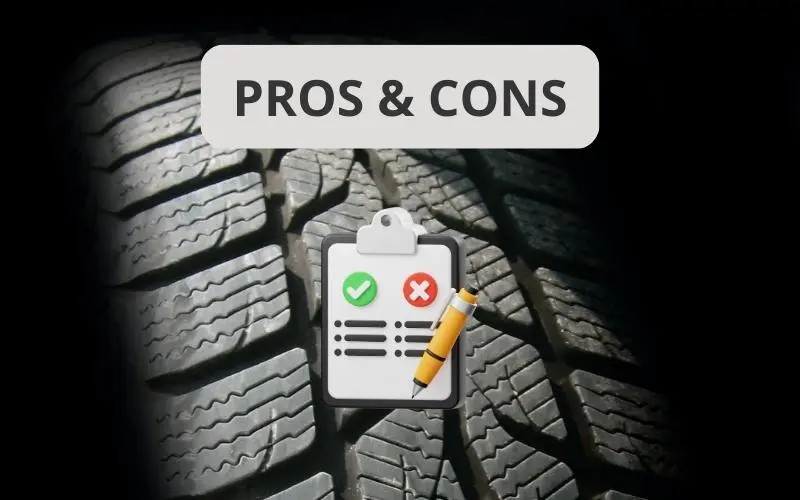
Firestone
| Pros | Cons |
| ✔ Firestone tires have good performance | ❌ Their shop is very expensive and they might try and sell you unnecessary services/things |
| ✔ Wide availability | |
| ✔ Good option for those who live in areas with harsh winter conditions |
Michelin
| Pros | Cons |
| ✔ Probably the most reputed brand in the industry | ❌ Some of their tires can get very expensive |
| ✔ Michelin tires are known for their high quality and durability | |
| ✔ Their tires are equipped with advanced technologies that provide maximum fuel-saving, noise reduction, and performance |
7. Popular Tires

Here are some notable tires from Firestone:
- Destination LE3
- Firehawk Indy 500
- WeatherGrip
Some of Michelin’s best tires are shown below:
- Pilot Sport 4S
- Defender T+H
- Premier A/S
Which Is the Better Brand Overall?

Based on the evaluation of dry performance, the Michelin Pilot Sport 4S takes a slight lead.
When it comes to wet performance, both the Firestone WeatherGrip and Michelin Pilot Sport All Season 4 demonstrate commendable capabilities, making it a tie.
In terms of snow performance, the Michelin X-Ice Xi3 comes out slightly ahead.
However, when considering mileage warranty and average lifespan, Michelin tires offer a longer warranty and higher potential mileage.
Taking all factors into account, Michelin emerges as the better pick overall.